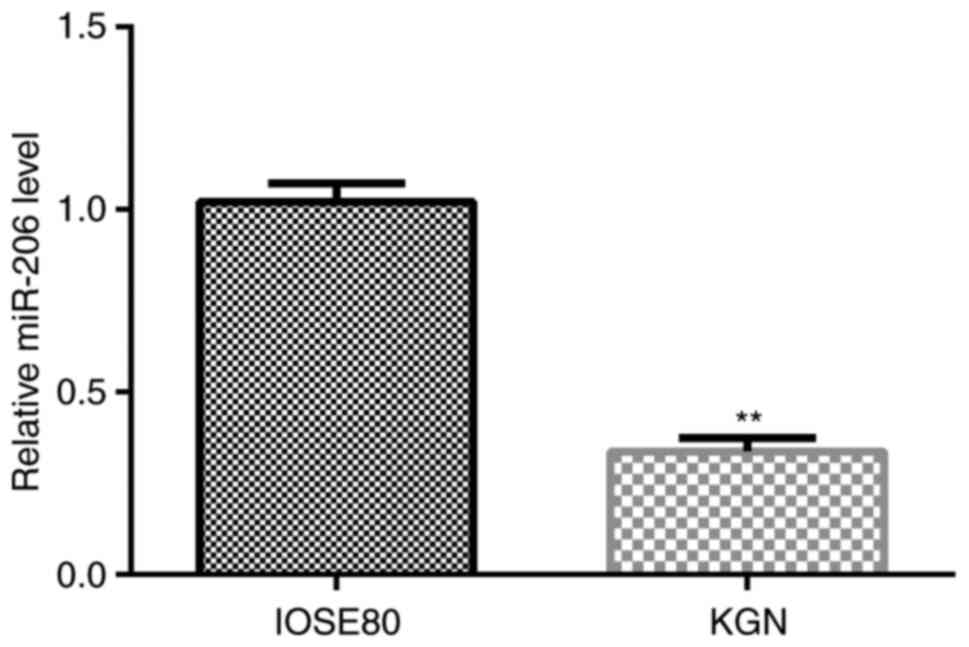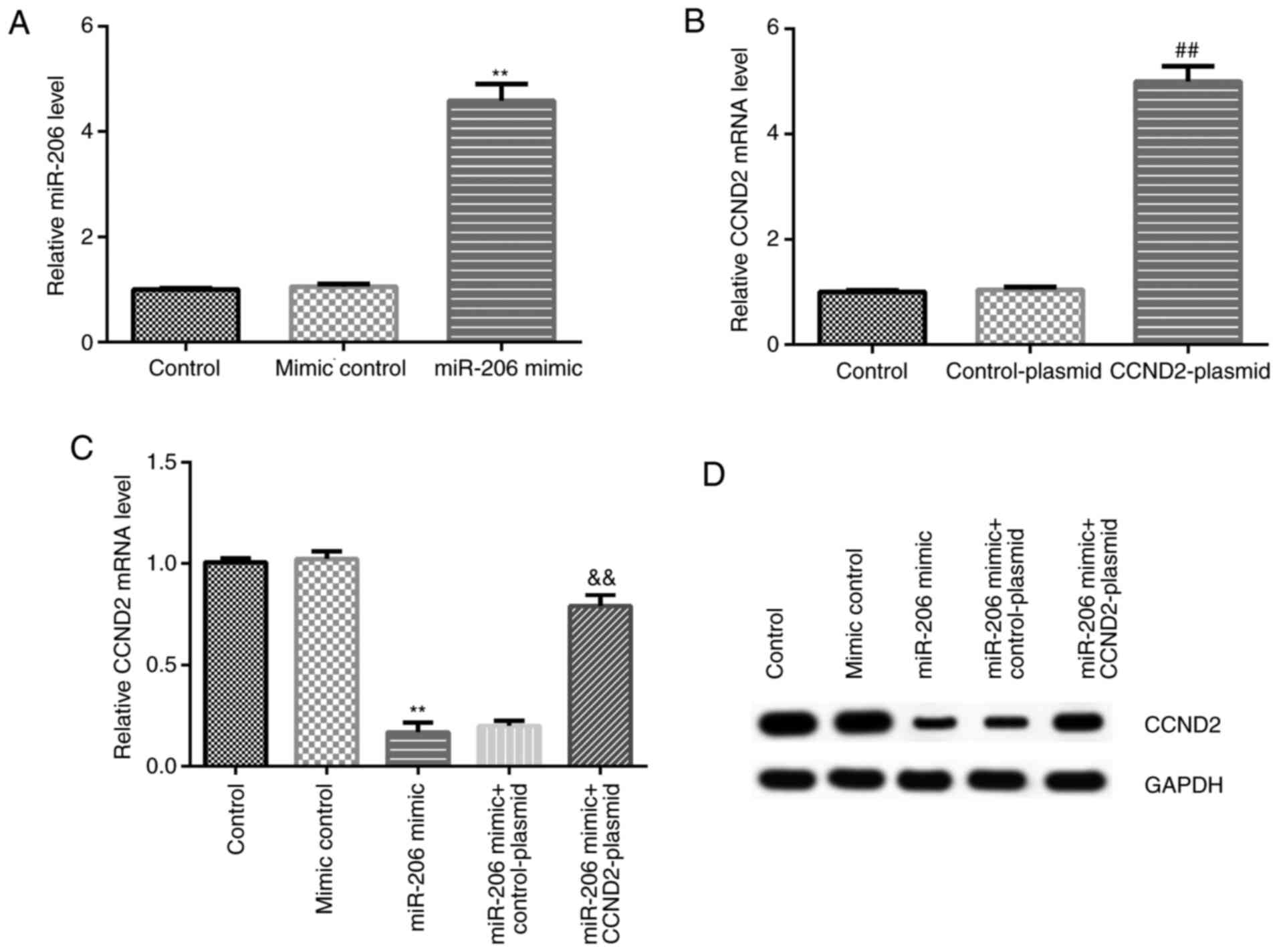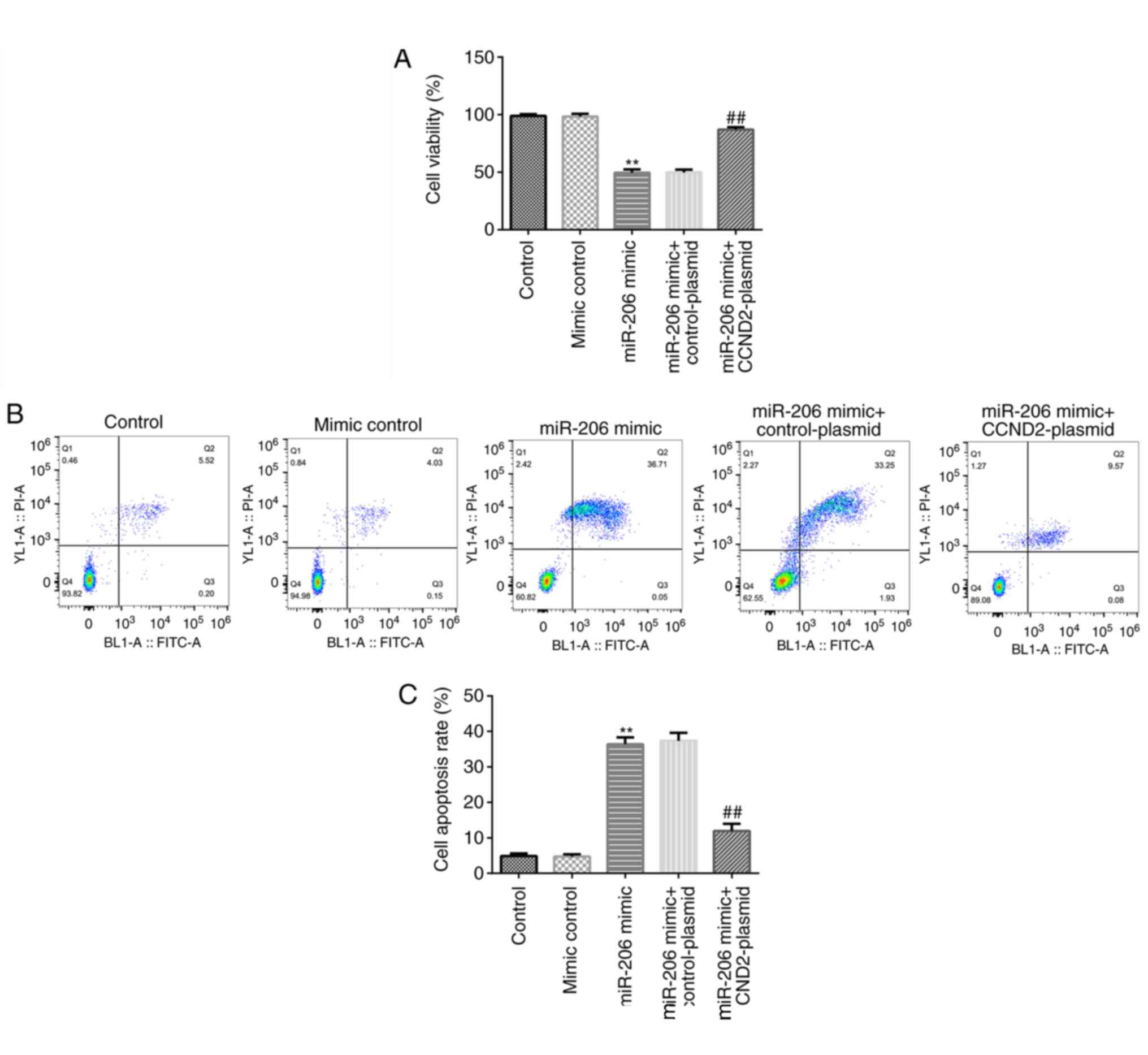|
1
|
Macut D, Bjekić-Macut J, Rahelić D and
Doknić M: Insulin and the polycystic ovary syndrome. Diabetes Res
Clin Pract. 130:163–170. 2017.PubMed/NCBI View Article : Google Scholar
|
|
2
|
Franik S, Eltrop SM, Kremer JA, Kiesel L
and Farquhar C: Aromatase inhibitors (letrozole) for subfertile
women with polycystic ovary syndrome. Cochrane Database Syst Rev.
5(CD010287)2018.PubMed/NCBI View Article : Google Scholar
|
|
3
|
Öztürk A, Kucur SK, Seven A, Deveci E,
Şencan H, Yilmaz O and Kiliç A: Temperament and character
differences of patients with polycystic ovary syndrome. J Gynecol
Obstet Hum Reprod. 48:255–259. 2019.PubMed/NCBI View Article : Google Scholar
|
|
4
|
Cooney LG and Dokras A: Beyond fertility:
Polycystic ovary syndrome and long-term health. Fertil Steril.
110:794–809. 2018.PubMed/NCBI View Article : Google Scholar
|
|
5
|
Kshetrimayum C, Sharma A, Mishra VV and
Kumar S: Polycystic ovarian syndrome: Environmental/occupational,
lifestyle factors; an overview. J Turk Ger Gynecol Assoc.
20:255–263. 2019.PubMed/NCBI View Article : Google Scholar
|
|
6
|
Sathyapalan T, Shepherd J, Arnett C, Coady
AM, Kilpatrick ES and Atkin SL: Atorvastatin increases 25-hydroxy
vitamin D concentrations in patients with polycystic ovary
syndrome. Clin Chem. 56:1696–1700. 2020.PubMed/NCBI View Article : Google Scholar
|
|
7
|
Li L, Zhang R, Zeng J, Ke H, Peng X, Huang
L, Zhang H, Chen Z, Li TT, Tan Q, et al: Effectiveness and safety
assessment of drospirenone/ethinyl estradiol tablet in treatment of
PCOS patients: A single center, prospective, observational study.
BMC Womens Health. 20(39)2020.PubMed/NCBI View Article : Google Scholar
|
|
8
|
Xu J, Bao X, Peng Z, Wang L, Du L, Niu W
and Sun Y: Comprehensive analysis of genome-wide DNA methylation
across human polycystic ovary syndrome ovary granulosa cell.
Oncotarget. 7:27899–27909. 2016.PubMed/NCBI View Article : Google Scholar
|
|
9
|
Lai Q, Xiang W, Li Q, Zhang H, Li Y, Zhu
G, Xiong C and Jin L: Oxidative stress in granulosa cells
contributes to poor oocyte quality and IVF-ET outcomes in women
with polycystic ovary syndrome. Front Med. 12:518–524.
2018.PubMed/NCBI View Article : Google Scholar
|
|
10
|
Lv X, He C, Huang C, Wang H, Hua G, Wang
Z, Zhou J, Chen X, Ma B, Timm BK, et al: Timely expression and
activation of YAP1 in granulosa cells is essential for ovarian
follicle development. FASEB J. 33:10049–10064. 2019.PubMed/NCBI View Article : Google Scholar
|
|
11
|
Fan Y, Chang Y, Wei L, Chen J, Li J,
Goldsmith S, Silber S and Liang X: Apoptosis of mural granulosa
cells is increased in women with diminished ovarian reserve.
Version 2. J Assist Reprod Genet. 36:1225–1235. 2019.PubMed/NCBI View Article : Google Scholar
|
|
12
|
Fu X, He Y, Wang X, Peng D, Chen X, Li X
and Wan Q: MicroRNA-16 promotes ovarian granulosa cell
proliferation and suppresses apoptosis through targeting PDCD4 in
polycystic ovarian syndrome. Cell Physiol Biochem. 48:670–682.
2018.PubMed/NCBI View Article : Google Scholar
|
|
13
|
Zheng Q, Li Y, Zhang D, Cui X, Dai K, Yang
Y, Liu S, Tan J and Yan Q: ANP promotes proliferation and inhibits
apoptosis of ovarian granulosa cells by NPRA/PGRMC1/EGFR complex
and improves ovary functions of PCOS rats. Cell Death Dis.
8(e3145)2017.PubMed/NCBI View Article : Google Scholar
|
|
14
|
Li M, Zhao H, Zhao SG, Wei DM, Zhao YR,
Huang T, Muhammad T, Yan L, Gao F, Li L, et al: The HMGA2-IMP2
pathway promotes granulosa cell proliferation in polycystic ovary
syndrome. J Clin Endocrinol Metab. 104:1049–1059. 2019.PubMed/NCBI View Article : Google Scholar
|
|
15
|
Wang J, Chen J and Sen S: MicroRNA as
biomarkers and diagnostics. J Cell Physiol. 231:25–30.
2016.PubMed/NCBI View Article : Google Scholar
|
|
16
|
Yanaihara N and Harris CC: MicroRNA
involvement in human cancers. Clin Chem. 59:1811–1812.
2013.PubMed/NCBI View Article : Google Scholar
|
|
17
|
Liao XB, Perez VA, Król M, Yeh CH and Yuan
LQ: MicroRNA and cardiovascular disease. Biomed Res Int.
2015(734380)2015.PubMed/NCBI View Article : Google Scholar
|
|
18
|
Gong CL, Wang Y, Lyu Y, Sun JJ and Li GP:
The effect and mechanism of microRNA199 in gynecological diseases.
J Fam Plam Reprod H. 33:60–63. 2014.
|
|
19
|
Guo J, Sun M, Teng X and Xu L:
MicroRNA-7-5p regulates the expression of TFF3 in inflammatory
bowel disease. Mol Med Rep. 16:1200–1206. 2017.PubMed/NCBI View Article : Google Scholar
|
|
20
|
Wang M, Sun J, Xu B, Chrusciel M, Gao J,
Bazert M, Stelmaszewska J, Xu Y, Zhang H, Pawelczyk L, et al:
Functional characterization of microRNA-27a-3p expression in human
polycystic ovary syndrome. Endocrinology. 159:297–309.
2018.PubMed/NCBI View Article : Google Scholar
|
|
21
|
Sørensen AE, Wissing ML, Englund AL and
Dalgaard LT: MicroRNA species in follicular fluid associating with
polycystic ovary syndrome and related intermediary phenotypes. J
Clin Endocrinol Metab. 101:1579–1589. 2016.PubMed/NCBI View Article : Google Scholar
|
|
22
|
Roth LW, McCallie B, Alvero R, Schoolcraft
WB, Minjarez D and Katz-Jaffe MG: Altered microRNA and gene
expression in the follicular fluid of women with polycystic ovary
syndrome. J Assist Reprod Genet. 31:355–362. 2014.PubMed/NCBI View Article : Google Scholar
|
|
23
|
Ilie IR and Georgescu CE: Polycystic ovary
syndrome-epigenetic mechanisms and aberrant microRNA. Adv Clin
Chem. 71:25–45. 2015.PubMed/NCBI View Article : Google Scholar
|
|
24
|
Díaz M, Bassols J, López-Bermejo A, de
Zegher F and Ibáñez L: Low circulating levels of miR-451a in girls
with polycystic ovary syndrome: Different effects of randomized
treatments. J Clin Endocrinol Metab. 105:1–9. 2020.PubMed/NCBI View Article : Google Scholar
|
|
25
|
Sun X, Su S, Zhang G, Zhang H and Yu X:
MiR-204 suppresses cell proliferation and promotes apoptosis in
ovarian granulosa cells via targeting TPT1 in polycystic ovary
syndrome. Biochem Cell Biol. 97:554–562. 2019.PubMed/NCBI View Article : Google Scholar
|
|
26
|
Livak KJ and Schmittgen TD: Analysis of
relative gene expression data using real-time quantitative PCR and
the 2(-Delta Delta C(T)) method. Methods. 25:402–408.
2001.PubMed/NCBI View Article : Google Scholar
|
|
27
|
Bahri Khomami M, Boyle JA, Tay CT, Vanky
E, Teede HJ, Joham AE and Moran LJ: Polycystic ovary syndrome and
adverse pregnancy outcomes: Current state of knowledge, challenges
and potential implications for practice. Clin Endocrinol (Oxf).
88:761–769. 2018.PubMed/NCBI View Article : Google Scholar
|
|
28
|
Cui Y, Shi Y, Cui L, Han T, Gao X and Chen
ZJ: Age-specific serum antimullerian hormone levels in women with
and without polycystic ovary syndrome. Fertil Steril. 102:230–236.
2014.PubMed/NCBI View Article : Google Scholar
|
|
29
|
Wei D, Xie J, Yin B, Hao H, Song X, Liu Q,
Zhang C and Sun Y: Significantly lengthened telomere in granulosa
cells from women with polycystic ovarian syndrome (PCOS). J Assist
Reprod Genet. 34:861–866. 2017.PubMed/NCBI View Article : Google Scholar
|
|
30
|
Chang L, Guo R, Yuan Z, Shi H and Zhang D:
LncRNA HOTAIR regulates CCND1 and CCND2 expression by sponging
miR-206 in ovarian cancer. Cell Physiol Biochem. 49:1289–1303.
2018.PubMed/NCBI View Article : Google Scholar
|
|
31
|
Van Opdenbosch N and Lamkanfi M: Caspases
in cell death, inflammation, and disease. Immunity. 50:1352–1364.
2019.PubMed/NCBI View Article : Google Scholar
|
|
32
|
Pang X, Li K, Wei L, Huang Y, Su M, Wang
L, Cao H and Chen T: IL-8 inhibits the apoptosis of MCF-7 human
breast cancer cells by up-regulating Bcl-2 and down-regulating
caspase-3. Xi Bao Yu Fen Zi Mian Yi Xue Za Zhi. 31:307–311.
2015.PubMed/NCBI(In Chinese).
|
|
33
|
Zhang Y, Jiang Q, Wang N, Dai B, Chen Y
and He L: Effects of taspine on proliferation and apoptosis by
regulating caspase-3 expression and the ratio of Bax/Bcl-2 in A431
cells. Phytother Res. 25:357–364. 2011.PubMed/NCBI View
Article : Google Scholar
|



















